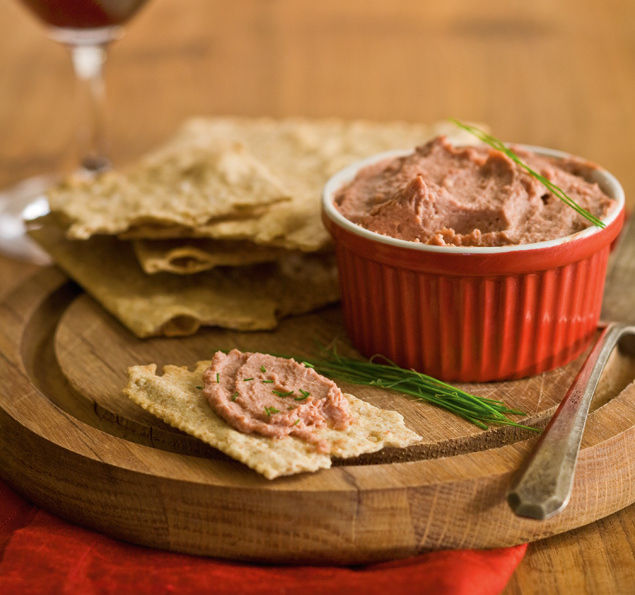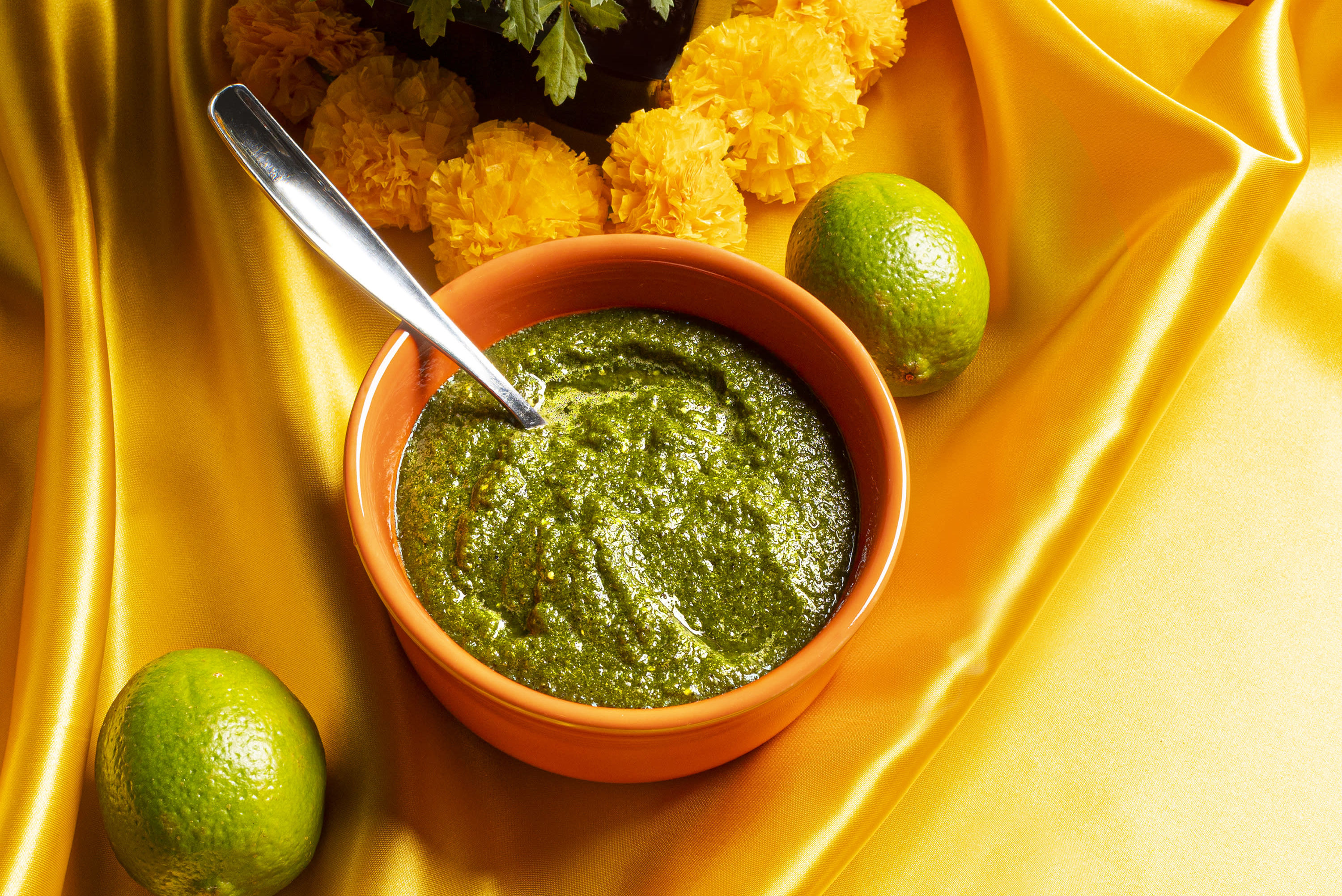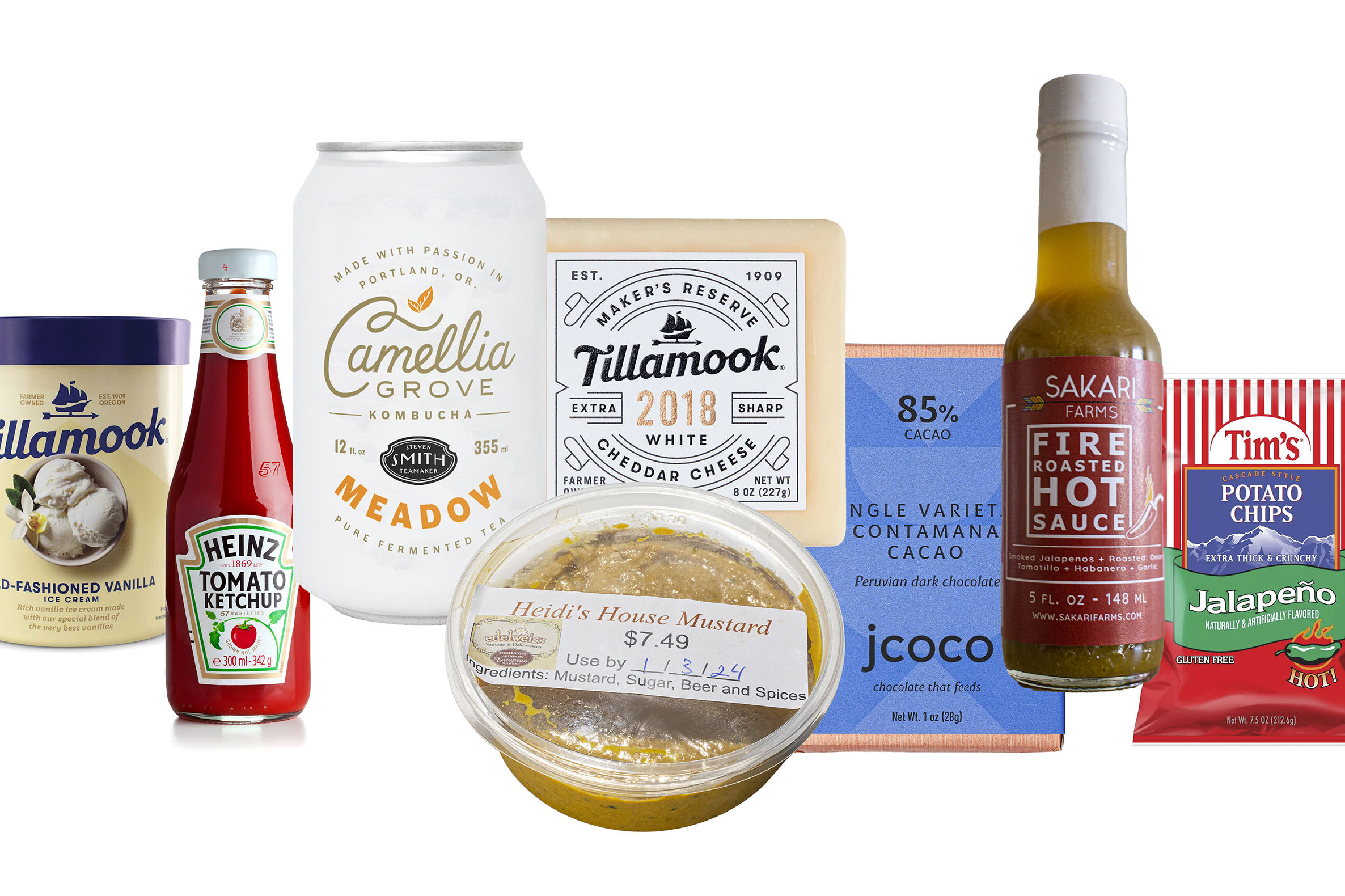Smear Campaign

Image: Lara Ferroni
CHANCES ARE, if you didn’t grow up eating country pâté or chicken liver mousse or anything in between, you’re not going to go out of your way to find it. But eat out in this town enough and it’ll certainly find you. Lately, you can’t throw a cracker in Portland without it landing in a smear of the rich spread. Pâté is trotted out at parties and events with faithful regularity, and is shoveled into ramekin after ramekin as the centerpiece of yet another charcuterie plate at neighborhood restaurants such as Bar Avignon as well as high-end eateries like Ten 01. Like it or not, pâté is here to stay.
Problem is, the texture and quality ranges widely, from ethereal whip to wet cement. And sometimes I don’t want to go out to eat just to get my fix of chicken liver mousse. So to find out how to make the good stuff, I sought advice from the one person in Portland I knew would get it right: Francophile, chef, and cooking teacher Robert Reynolds. We met up at his kitchen studio in Southeast Portland.
“These remind me of the ones you get in France, which are nearly blond,” Reynolds says as he picks over some chicken livers he bought at New Seasons Market for a mere $2.49 a pound. He sweeps them into a pan of hot butter and shallots. “I never had chicken liver growing up in Boston. My father never asked for it. My mother never bought it. We never got it. It wasn’t until I was in college and visited the home of a Jewish friend of mine that I eventually tried it.”
For me, the only chicken liver mousse is the Jewish kind, bound with onions and eggs, the texture more creamy than pasty. But many people’s idea of the dish is the coarse and pungent “chopped liver” you get on your bagel in Brooklyn.
“When I want to prepare the mousse for a party, I usually have to ask the host’s permission, people are so certain they won’t like it,” Reynolds says, quickly turning the livers in the pan. (Never boil them, which many recipes call for, as it will only make them taste, well, even more like liver.) “The trick to making pâté creamy is how fast you cook the liver,” he tells me.
Fast indeed—less than 60 seconds per side, lest the livers overcook and become grainy. Reynolds pours brandy into the pan, tilts it, and whoosh! We have flambé. He shakes the pan constantly, and in under a minute transfers the contents into a food processor, whirs them into a purée, presses the mixture through a strainer, and then places the purée into a bowl, which goes in the fridge. Tomorrow it will be mixed with cold creamed butter and transferred to ramekins, ready to be smeared on toast.
It’s delicate and quite soft, heady with spirits, unctuous but not too strong. I imagine pairing it with an earthy pinot noir or a full-bodied Bordeaux at my next holiday party. “The mousse always disappears when I serve it,” Reynolds says, spreading another toast for me. “But if someone asks, with any sense of trepidation, what it is, I just say, ‘pâté.’




